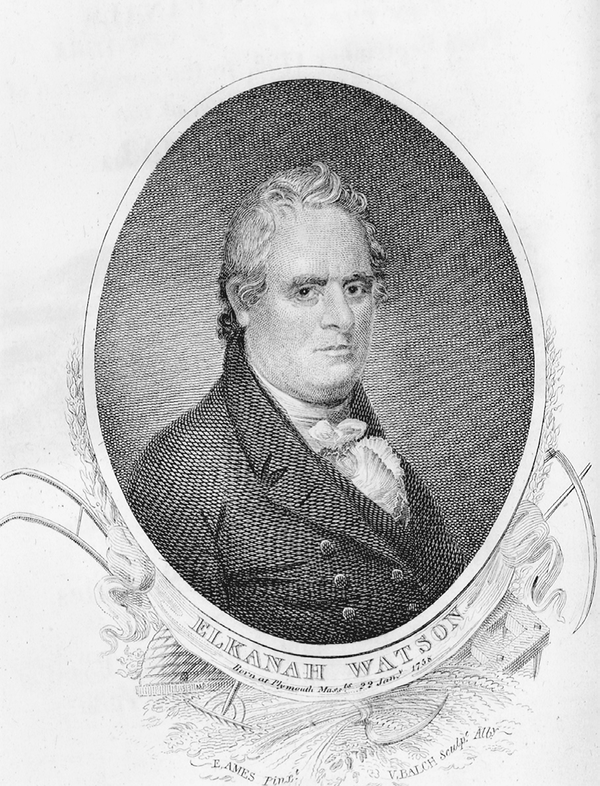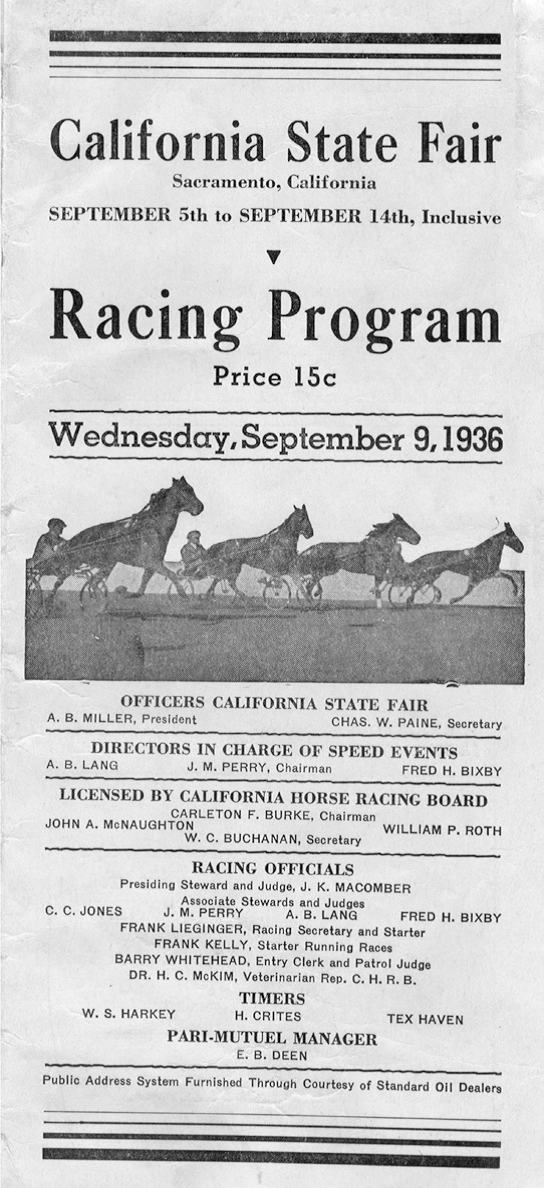The national holiday of Labor Day offers a break from work and school to celebrate the end of summer before the busy holiday season begins.
But many people don’t know the real history behind Labor Day. This important day honors the hard work and skill of laborers across the country.
Labor Day celebrations began over 135 years ago, when New York City held the first Labor Day Parade in 1882. Peter J. McGuire, a carpenter and labor union organizer, proposed the initial concept of Labor Day to break up the four intense months between Independence Day and Thanksgiving.
On May 4, 1886, a labor demonstration erupted into grisly violence after a bomb exploded during a peaceful demonstration in Chicago, Illinois. Known as the Haymarket Affair, the aftermath of the tragic day started a national conversation about worker’s rights and the role of police enforcement that still informs us today.
In 1896, the Federal Government declared Labor Day a national holiday to honor the valuable contributions of the American worker. Eventually, it became what we know it as today: a jovial celebration of hard work, with parades and community-wide activities to bring communities together.
These ten small towns have some of the most charming and quirky Labor Day celebrations in America.
Black Diamond, Washington
Located 45 minutes away from Seattle, Black Diamond began as a coal mining community in the late 1880s, and it grew into the largest coal mining operation for the Pacific Coast Coal Company on the West Coast.
A small town with stunning mountain views, people flock from all around to purchase bread from the Black Diamond Bakery, baked in their “Old Brick Oven,” that dates back to 1884. Black Diamond is just a few miles from the gorgeous Green River Gorge and Flaming Geyser Park.
Their Labor Day festivities include a frog jumping competition (bring your own frog!), a women-only nail pounding contest, and the popular toilet paper unrolling race. The competition can get fierce, and some contestants perform practice rounds to prepare for the action!
No Labor Day festivities are complete without an eating contest, and in Black Diamond, you can choose to gorge on watermelon or help judge the pie contest.
The event also includes Doggie Days, offering an agility course and training lessons for four-legged friends along with friendly competitions. There is even a free movie night in the school field at dusk on Saturday, featuring classic family films.
On Monday morning at 10:00 A.M, their famous Labor Day parade kicks the celebration into high gear, billed as “one of the best of King County.” Once the parade is over, families can enjoy field games and free local music all afternoon.
Cloquet, Minnesota
A colorful river town 20 minutes outside of Duluth surrounded by white water rapids, Cloquet’s most interesting highlight sits on the main avenue. In 1958, Frank Lloyd Wright designed the only gas station of his esteemed career, the R.W. Lindholm service station, a Phillips 66 gas station that is still in operation today.
This lively town offers one of the oldest Labor Day parades in the nation. The whole town participates in planning the event, widely regarded as their favorite time of year.
The Old-Timer’s Banquet happens the day before the parade, offering a free lunch for seniors with sweet prizes such as “Least Youngest Married Man and Woman” and “Longest Married Couple.”
The parade features respected public officials and fun entertainment from marching bands and the Eveleth Clown Band, always a fan-favorite for adults and children alike.
After the parade, celebrants enjoy a Labor Day Picnic before exploring the carnival that features a petting zoo, sawdust scramble, sing-along folk music, and maypole dances.
Fort Bragg, California
Paul Bunyan Days in Fort Bragg bills itself as the oldest and largest Labor Day celebration on the Mendocino coast. The parade, one of the most colorful in the United States, has a Paul Bunyan logger theme that’s described as “Lumberjack-Rowdy and Family Friendly Fun.” Inspired by the beloved tale of hardworking Paul Bunyan and his trusty ox, Babe, Fort Bragg celebrates the achievements of a community dedicated to quality work.
With too many activities to list, this festival is definitely charming. Events like the Beer, Bison, and Bluegrass Concert, featuring local beer and bison burgers, a hot dog eating contest, a log rolling tournament, and a logging show serve as popular attractions in this former logging town.
The model train exhibit remains a crowd favorite and attracts fans of all ages. Watch out for the Kangaroo Kort that patrols the town during Paul Bunyan Days and arrests people who don’t have beards. In order to be released, a fine must be paid that is donated to charity.
The children’s tricycle race is always fun to watch, attracting entrants from all over the area. Other favorite activities include a water fight with local firemen and the ugly dog contest.
Francestown, New Hampshire
With a population of around 1,500 and almost 250 years of history, Francestown is a quaint, picturesque community straight out of a storybook. Established in 1772, the town’s population doubles in size over Labor Day weekend because Francestown has that signature New England village charm that is perfect for a national holiday.
This small town offers a traditional Labor Day celebration with broad appeal. Activities include an annual mud volleyball tournament followed by Vespers in the town meeting hall on Sunday.
On Monday, the town holds a parade, road race, and a juried arts and crafts sale, featuring some of the best local and regional art. Just an hour and a half outside of Boston, Francestown is the perfect place to spend Labor Day weekend relaxing and enjoying a little American history and culture.
Park City, Utah
Like other communities that intertwine their unique heritage into their parades and festivals, Park City celebrates the town’s mining heritage with Miner’s Day in conjunction with Labor Day.
Known for its beautiful mountain settings, snow sports, and golf resorts, Park City has an unusual tradition called the Running of the Balls. Before the event, anyone can “adopt” a ball for $5, with the money being donated to a charity. Then, thousands of golf balls are released into the street, and the first balls to cross the finish line win hefty prizes, like ski resort memberships and vacation packages.
The parade starts right after the contest and ends at the city park, where a barbecue lunch, live music, and games will keep everyone having fun throughout the day.
Many locals love the mucking and drilling competition in the parking lot, where contestants attempt to use the machinery and methods of old-time miners.
This celebration has the small-town charm that everyone loves. In between the festival activities, you can indulge in world-class golf courses, take in the mountain scenery, and explore the wares of the local shops.
Rock Island, Illinois
Rock Island sits on the Mississippi River on the Illinois and Iowa border. As the name implies, it is located next to largest island, now referred to as Arsenal Island.
The Rock Island Go-Kart Grand Prix, the largest go-kart street race in the world, attracts participants from all over the world. Rock Island locals still hold the advantage in the event because the planners don’t announce the race course prior to the event.
The Labor Day celebrations include the Native American Labor Day Weekend Pow Wow at the Black Hawk State Historic Site with drumming and dancing, and the largest antique motorcycle swap meet in the world, complete with racing.
The parade on Labor Day averages 150 entries, one of the largest in the region, and all the local marching bands and businesses participate.
Canton, North Carolina
Canton, North Carolina claims to have the oldest Labor Day festival in the South, and it started as an homage to the builders of the paper mill that continues to be an economic support for the region.
The Canton Labor Day festival is billed as “a celebration of all things made in Western North Carolina” and attracts an impressive concert roster of bluegrass musicians like Ricky Skaggs and Sam Bush. Mountain music lovers come from all over the region to hear and meet their favorite artists in a small, intimate setting.
The Canton parade is the envy of the area, featuring over 100 floats and an old-time feel full of antique cars and tractors. It also features a gospel show, craft expo, a dog jumping competition, antique car shows, and the Canton Historical Museum. All festival food comes from local vendors, including craft beer made right there in Canton. Year after year, the Canton Labor Day festival consistently ranks as one of the best small music festivals in the country.
Pioche, Nevada
Pioche is a mountain town built on the labor of miners, so it makes sense they take their Labor Day celebrations seriously. Known during the 19th century as the toughest town in the Old West, the daily violence at the camp resulted in 75 burials in the Boot Hill Cemetery before a single man died of natural causes.
Their Labor Day weekend celebration offers day parades and nighttime celebrations that feature street dancing accompanied by live bands.
They also have a rubber chicken chuckin’ contest, a watermelon contest, and chili cook-off. Residents consider the dog show the highlight of the celebrations, awarding colorful prizes like best mutt, best roll-over, most gorgeous eyes, and best dog trick.
In a nod to the mining history of Pioche, a contest called “mucking” is also on the roster, where contestants attempt to pack as many people as possible into mining cars.
If visitors want to take a break from the Labor Day events, the town has many well-preserved sites that offer a historical perspective on this infamous Old West ghost town, even though a small number of citizens and seasonal residents still reside there.
Rushford, New York
The Labor Day celebration in Rushford hosts three days of concerts and a small carnival, culminating in a magnificent fireworks display. Except for the demolition derby and horse pull, that will set you back a modest $5, the event is free to the public.
The highly competitive chili contest, pony rides, and tractor pull are popular, but the true highlight of the celebration is the puzzling but hilarious “cow muffin bingo.” A cow is set loose on a field marked to look like a bingo card, with spectators holding purchased grid cards. After some time wandering the field, the cow “makes muffins,” and whoever’s grid it falls in wins a prize. No one will forget bearing witness to this tradition.
Wagner, South Dakota
The city of Wagner, South Dakota is home to the “world’s best Labor Day celebration” since 1900.
Over the three-day weekend, Wagner hosts a rodeo that attracts people from all over the region and features skilled contestants from all over the country. They also have a three-day carnival with children’s parade and a stock car race. The children’s parade takes a shorter route, starring children dressed as famous characters.
The town of Wagner hosts a rib cooking contest and beer Olympics before the Monday parade, considered by many to be the premiere event of the festival.



